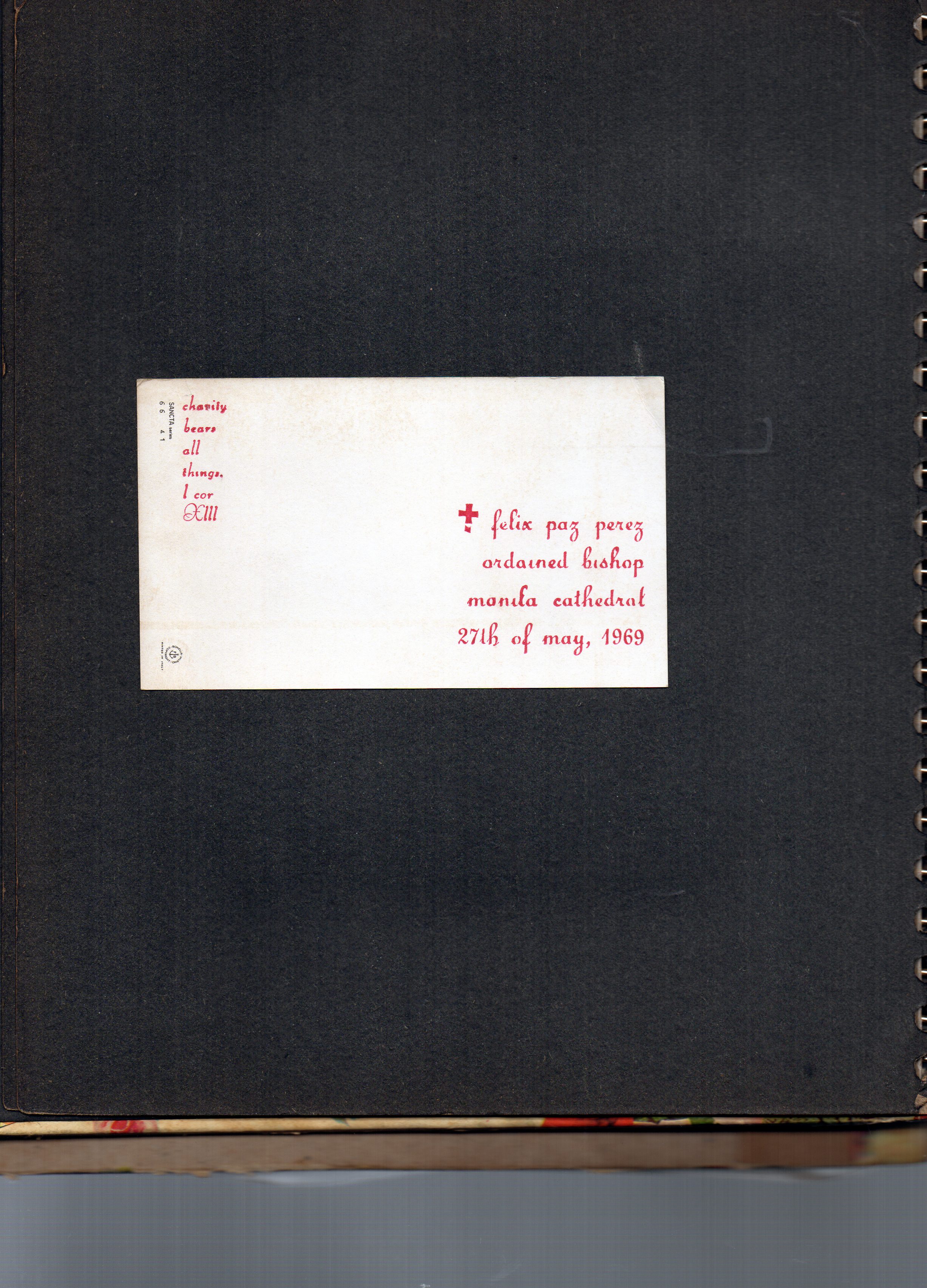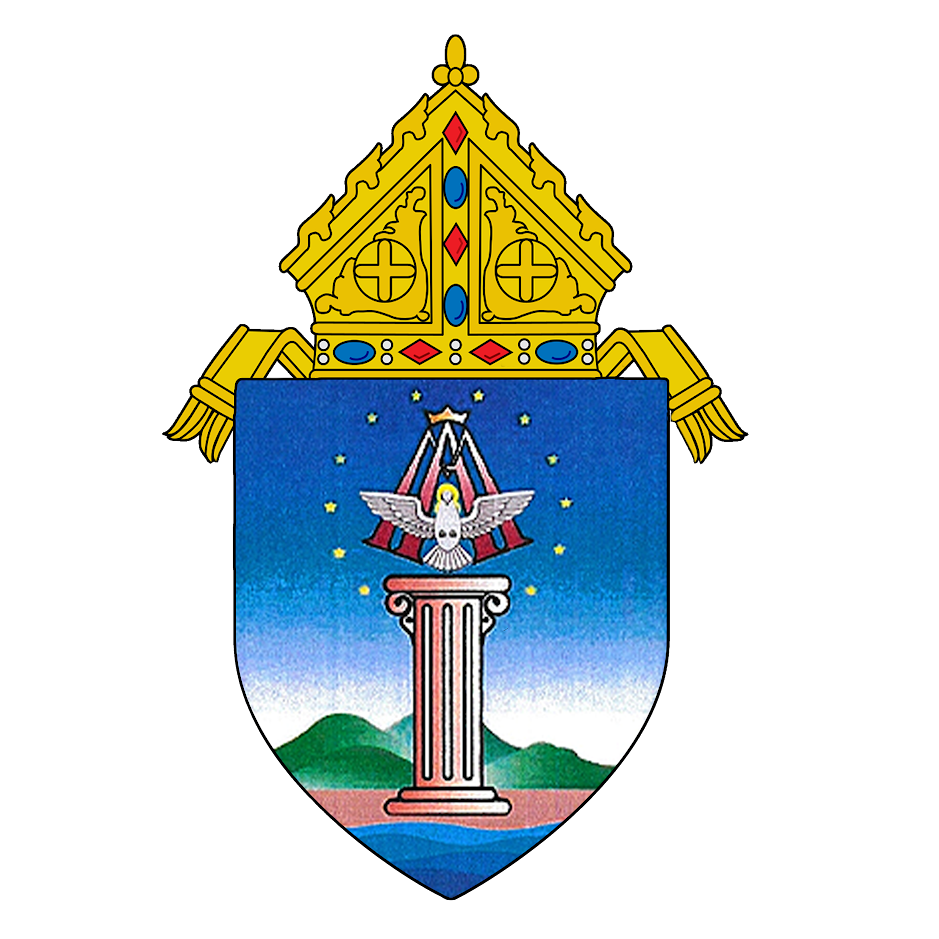Bishop Felix Perez, D.D.
A Good Shepherd of the Diocese of Imus
By Bernardo N. Sepeda, Ed.D.
(An excerpt from his book titled: THE SOCIAL PRAXIS OF BISHOP FELIX PAZ PEREZ:AN IDEOLOGICAL HISTORY. Translation by Myra Patambang)
Bishop Felix Paz Perez, the second Bishop of the Diocese of Imus in Cavite, Philippines is one
of those individuals who “embody those ‘convictions’ that are at the core of the Christian
faith.” He is a holy man of the Church (Brown, Escaler, Matanguihan, Mendoza). He was one of the
so-called “Magnificent Seven” of the Catholic Bishop’s Conference of the Philippines (CBCP)
during the martial law years. He loved the nation so dearly, served in all honesty, and offered
everything within his capacity so that future generations may dwell in a country where there is
freedom, justice, integrity, pride, independence, and loyalty, qualities of a modern Filipino
hero.
Bishop Perez’s life as a bishop may be considered as an epitome of a servant of God, a true and
faithful disciple of Jesus. The underlying theme of Bishop Perez’s social praxis is a life of
true discipleship as summed up in his epitaph, “My reason for dying is for Jesus and the
people…therefore, my reason for living is for the same Jesus and the people whom I have loved.”
These words truly define the quintessence of the late Bishop’s person and social praxis, and
capture his convictions as a servant of the Church and a faithful disciple who did tread the
footsteps of the Lord Jesus.
What does it entail to become a disciple of Jesus? Bishop Perez said that discipleship is “a
permanent and life-long commitment to personally follow Jesus and no one else (“1993 Notes”).”
He firmly believed that a disciple, one, is ready to forget himself (the most profound sense of
spiritual poverty), two, is able to carry his cross, and three, decides to follow Jesus (“1983
Notes”). Found in his various retreat notes for priests of the Diocese, the Bishop elaborated
that the life of a true disciple is a
- Life lived to the full…not a set of rules, but an encounter with the risen Lord;
- Continuing call of the Risen Jesus…within the community of faith;
- Total transformation of life;
- Pattern of living out the gospel in the highest degree possible with the assistance of God’s grace and as a consequence of his election of the disciple (“1983 Notes”).
Yet, there are demands of discipleship. There is a continuing call to purify one’s convictions
in the process of following the Lord Jesus.
The path to discipleship may be divided into three stages: stage of preparation, stage of
calling, stage of following. Each stage is a period of discovery, learning, and an ongoing
formation that deepens one’s vocation in and through various experiences. Let us now follow the
journey of Bishop Perez as a faithful disciple of Jesus particularly during the period when he
became the local ordinary of the Diocese of Imus.
Bishop Perez advocated lay empowerment in the Diocese. For instance, he allowed the installation
of women lay ministers of the Eucharist long before this was considered in other Dioceses. An
anecdote that took place in 1979 further illustrates this. The parishioners of St. Augustine in
Mendez, Cavite, staged a rally against a decision of the Diocese that concerned their parish
priest. When the Bishop came to speak with the people, he was not allowed to enter the vicinity,
and the lay people even razed the tires of his vehicle. The reverend Bishop saw the rainbow
behind that storm. He affirmed the people’s action as something he really wanted the laity to
embrace; that they become aware and get involved in the events pertinent to the community
(Brown). Hence to deepen the laity’s appreciation of their dignity, there is a need to
strengthen the Church’s basic unit, the family.
Bishop Perez realized the importance of priestly formation fitted for his Diocese. In 1970, he
established the Our Lady of the Pillar Minor Seminary, and in 1975, the Tahanan ng Mabuting
Pastol, the major seminary of the Diocese. The formation in these seminaries was quite
pioneering or that time.
Always a visionary, on the occasion of the Diocesan celebration of its 25th founding anniversary
in 1986, Bishop Perez issued a Pastoral Letter containing the thrusts that he believed the
Diocese must take on in the following 25 years. These are:
- First, let us praise and thank our provident Father;
- Second, let us ask for forgiveness for all our sins and shortcomings against God and our brethren;
- Third, let us think about the past, so we could nurture and allow the fruition of the seeds of goodness that have been sown in the province;
- Fourth, let us reflect on our iniquities, so we would never repeat the mistakes and failures of the past;
- Five, let us assiduously plan about the Mission in Cavite which must be responsive to the signs of the times;
- Six, let us continue to pray that God may guide us all as we journey towards becoming a Church that is God-centered, people-oriented and community-directed (in De los Reyes 34).
The Objectives of the Assembly State
Nearly 30 years have passed since the canonical erection of the Diocese of Imus. Within that
time, the conditions concerning the clergy and the faithful of this Diocese have changed
enormously: trends in the theological and canonical perspectives, pastoral approaches and
structures, various needs and questions have arisen. Notwithstanding is the implementation of
the PCP II Declarations and Resolutions
Therefore, following the prescriptions of the 1983 Code, and after deep consideration and
consultation, I have decided to convoke the First Diocesan Synod, in which you, Reverend and
dear Fathers, together with the laity will be consulted and asked to give your opinion so that
all the needs of the Diocese of Imus may be answered and discussed (“Declaration”).
Bishop Perez did not live long enough to harvest the fruits of his labor. The reverend Bishop
passed away on February 29, 1992. It was his successor, Manuel C. Sobreviñas, who moved towards
fulfilling the latter’s dreams. The First Diocesan Pastoral Assembly was held on February 22-27,
1999, at the Development Academy of the Philippines in Tagaytay City.
It Was Then That the Present Vision of the Diocese was Conceived
To become a Christian community that is God-centered – people-oriented, promotes life, cares for
the environment, and nationalist; disciples of Christ and a Church of the Poor, committed to and
involved in the transformation of the society with the help of Mary, Our Lady of the Pillar
(Diocese of Imus 1).
The content of this vision was the result of an in-depth reflection and prayers of all those
priests, religious, and lay people present during the assembly. Reading through it, the vision
is but an articulation of what was in the mind and heart of Bishop Perez.
The statement is an expression of obedience to The Good Shepherd, Jesus himself who declared,
“The Spirit of the Lord is upon me. He has anointed me to bring glad tidings to the poor. He has
sent me to proclaim liberty to captives and recovery of sight to the blind, to let the oppressed
go free, and to proclaim a year acceptable to the Lord (Luke 4:18-19).”
.jpg)
Bishop Perez with JPII (1)
.jpg)
Bishop Perez with JPII (2)
.jpg)
Bishop Perez with JPII (3)
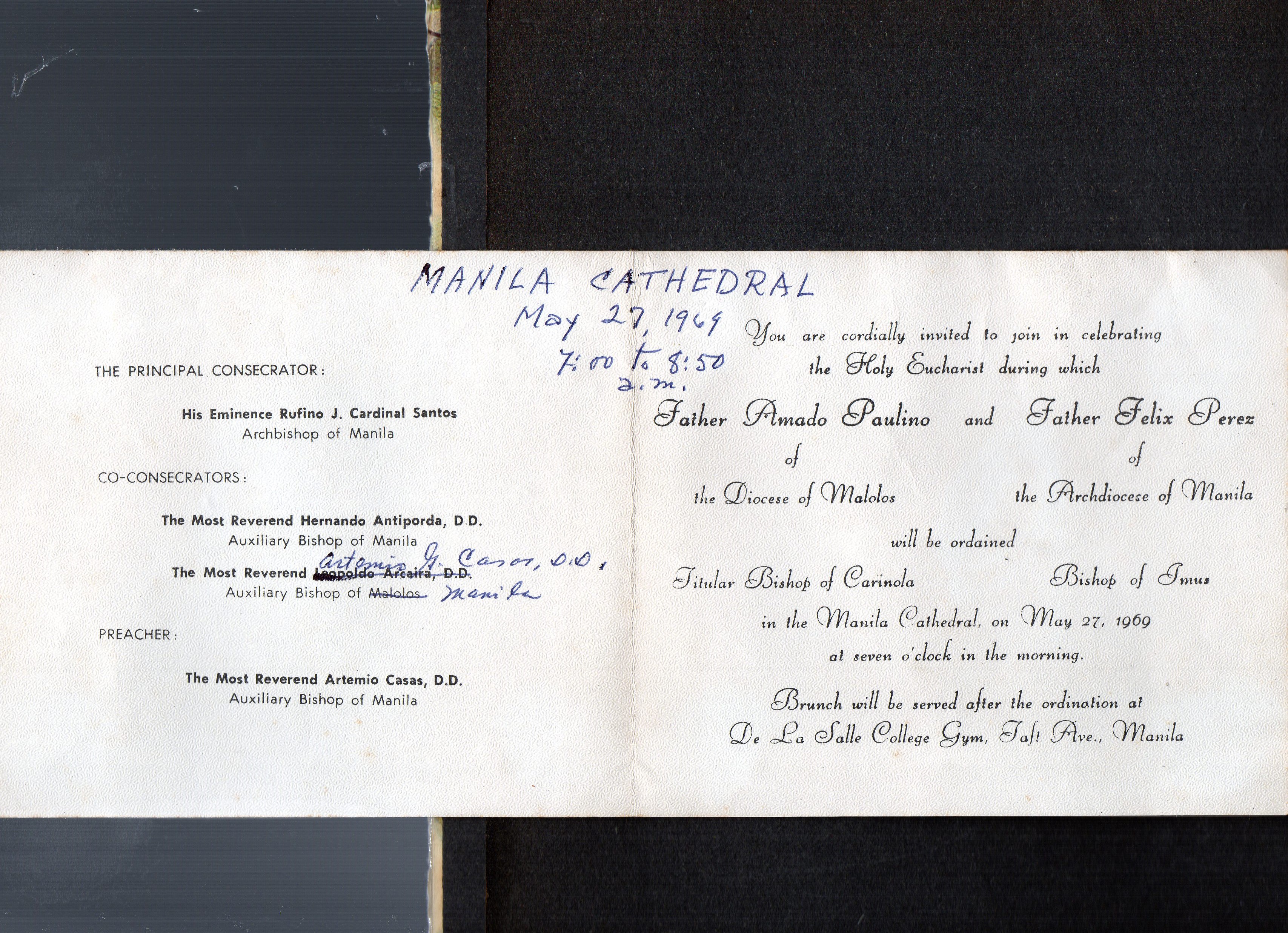
Episcopal Ordination Invitation
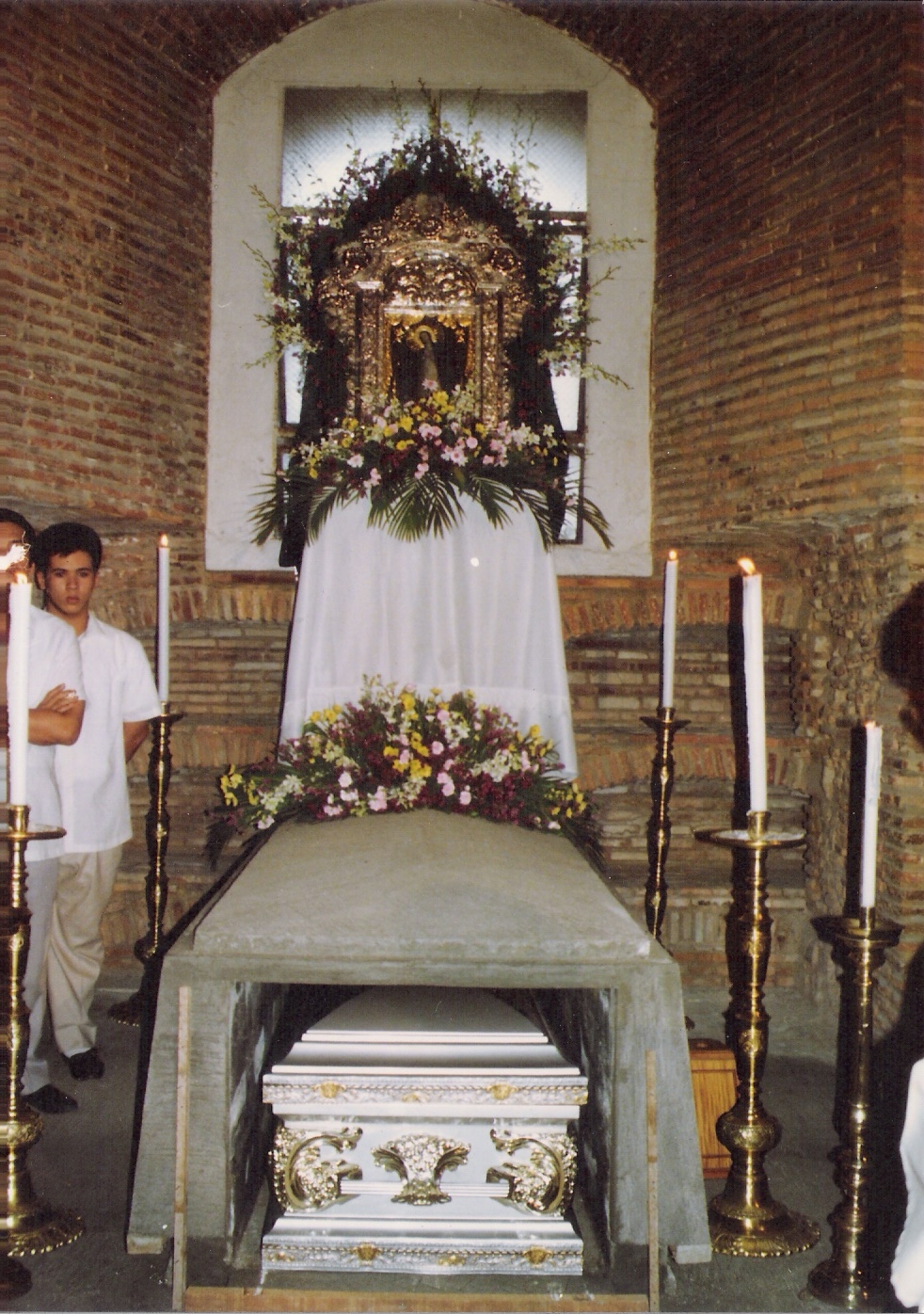
Funeral of Bishop Perez
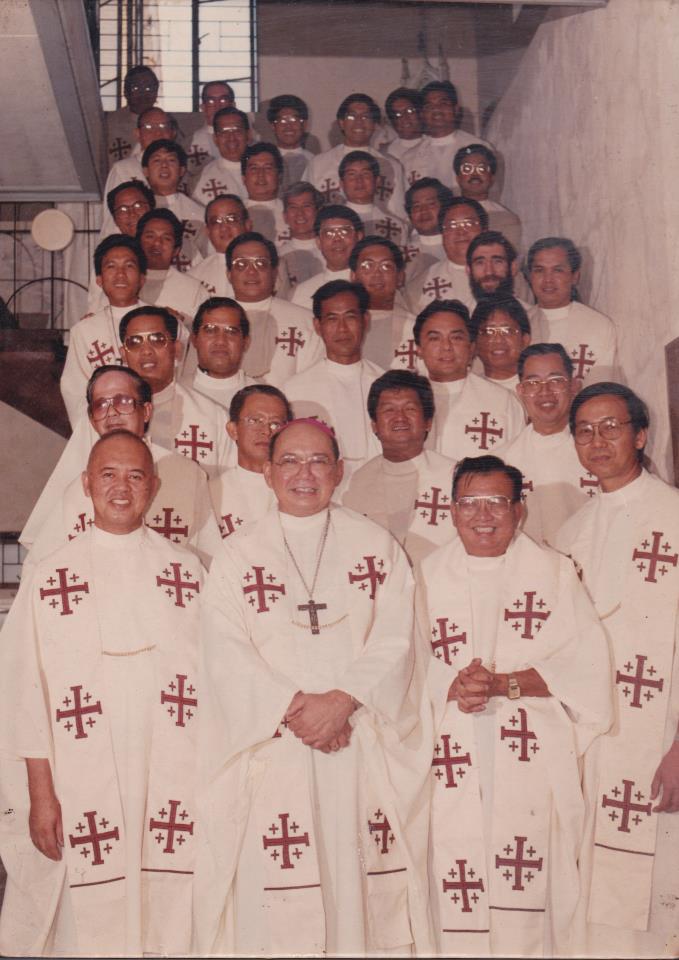
Imus Clergy with Bishop Perez
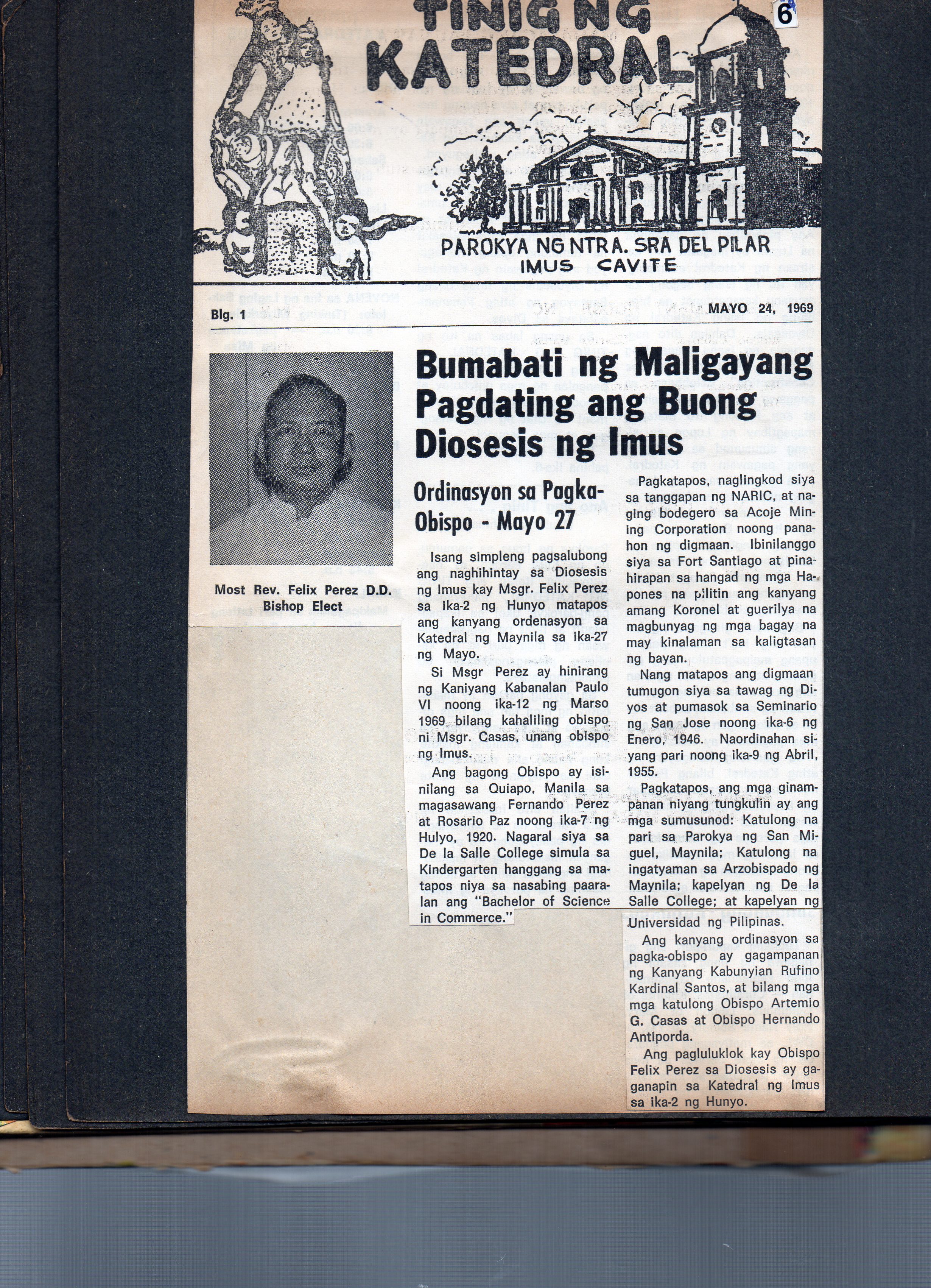
Imus Newsletter

Invitation - Installation of Bishop Perez as Bishop of Imus

News of Ordination
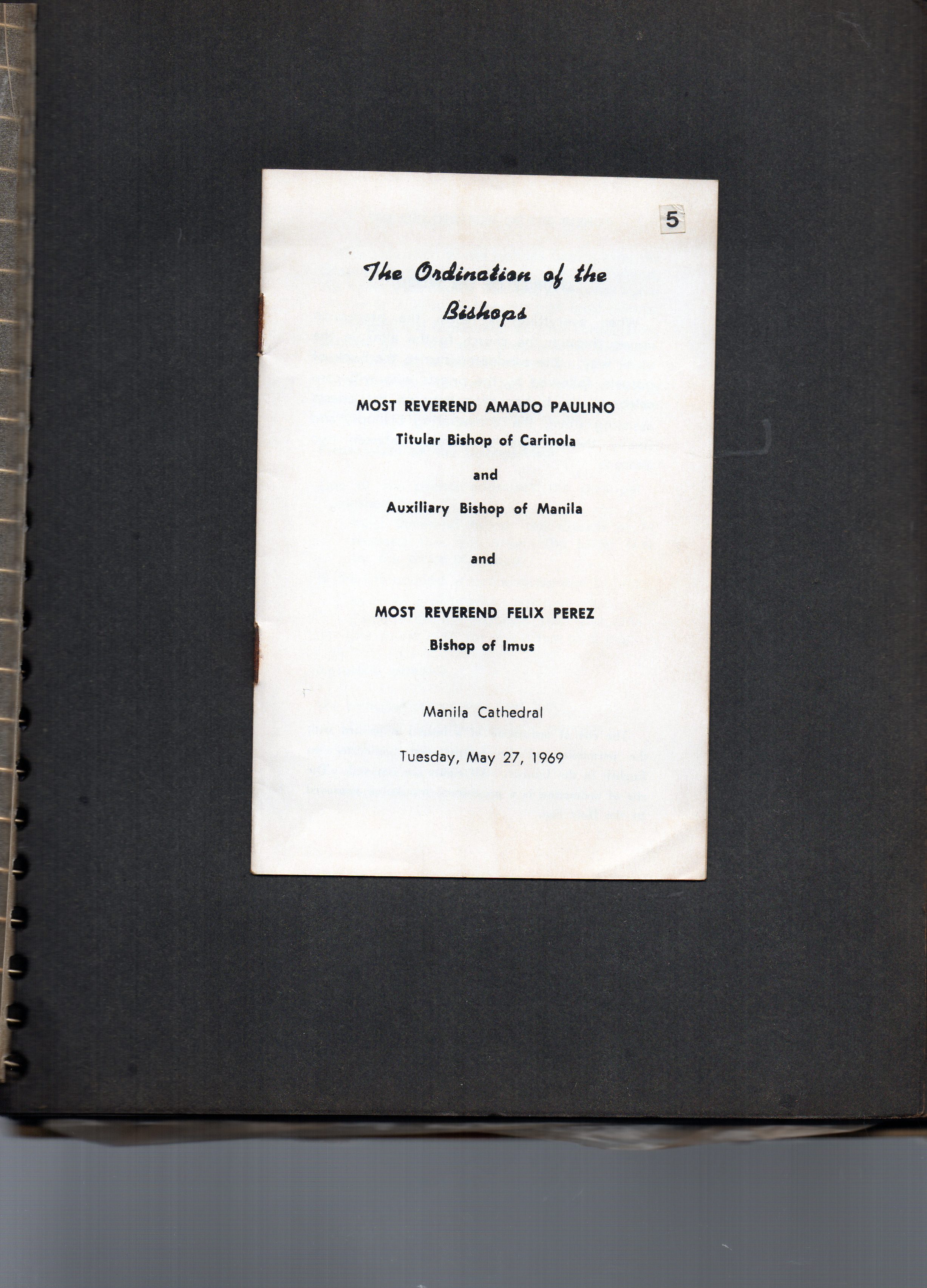
Programme Ordination of Bishops
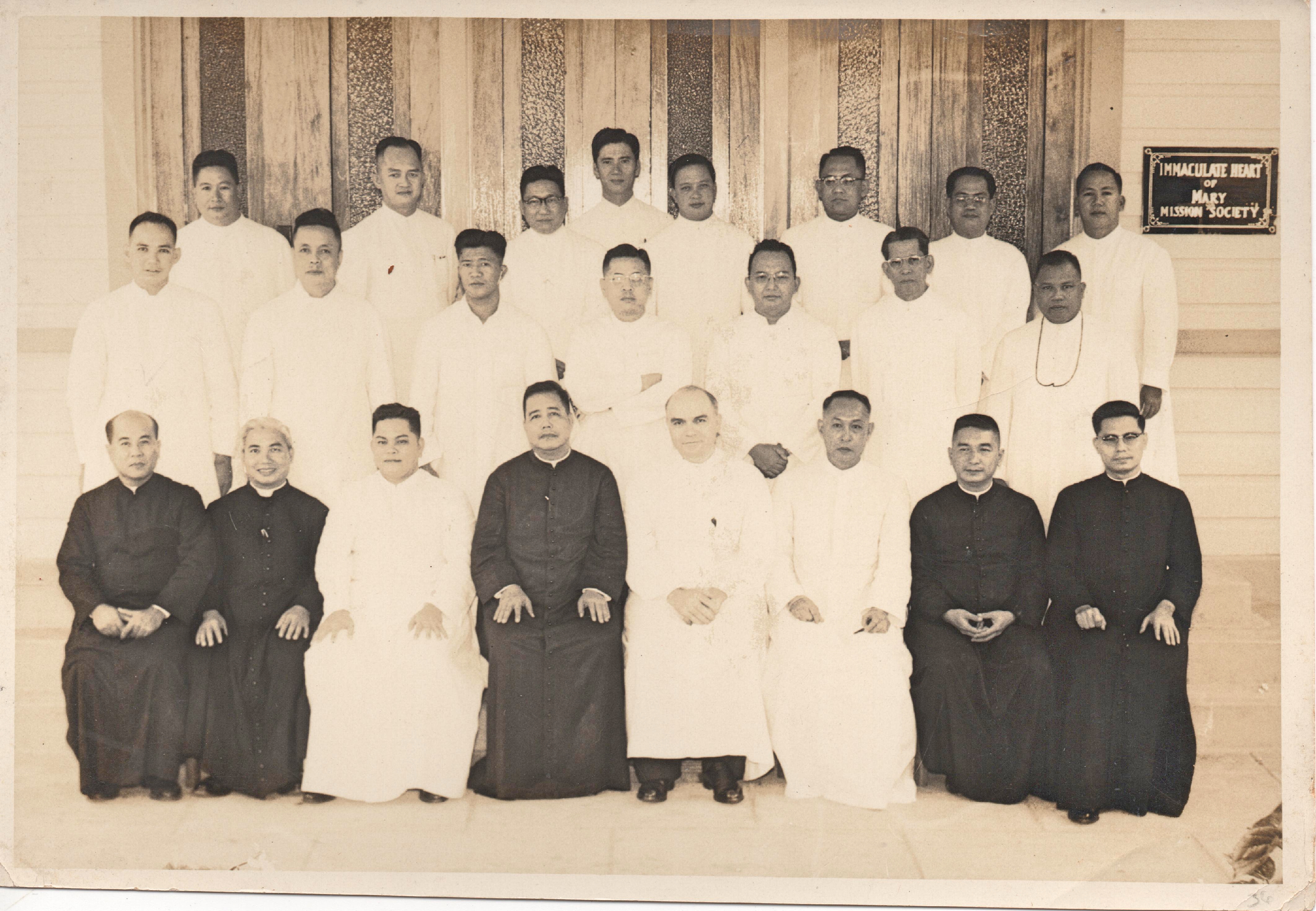
Retreat of Priests
